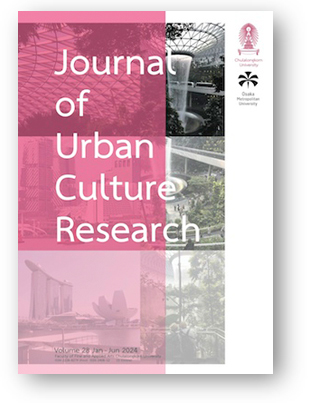Discovering Previously Overlooked Sets of Piano Compositions in 24 Major and Minor Keys by Four Russian Composers at the Turn of the 20th Century
DOI:
https://doi.org/10.14456/jucr.2023.29Keywords:
Blumenfeld; Arensky; Cui; Glière; Late Romanticism; Russian Piano MusicAbstract
At the turn of the 20th century, Russian composers Felix Blumenfeld, Anton Arensky, César Cui, and Reinhold Glière crafted sets of piano character pieces, notably the 24 Preludes op. 17 (1892), 24 Morceaux caractéristiques op. 36 (1894), 25 Préludes op. 64 (1903), and 25 Preludes op. 30 (published in 1906 - 1908), respectively. Blumenfeld mirrors the tonal organization of Chopin’s 24 Preludes, op. 28, while Arensky and Glière draw inspiration from Johann Sebastian Bach’s The Well-Tempered Clavier. Cui innovatively differs from Chopin’s scheme by sequencing minor key works before relative major ones. Both Cui and Glière’s sets encompass 25 preludes, concluding with an additional piece in C major. Each collection exhibits distinct traits, harmonizing Western Romantic tradition with Russian nationalistic elements. This exploration provides insights into tonal structures, influences, and cyclic performances, spotlighting the distinctive character of these lesser-known yet captivating piano compositions.
Downloads
Published
Versions
- 2024-07-07 (2)
- 2024-06-24 (1)
How to Cite
Issue
Section
License

This work is licensed under a Creative Commons Attribution-NonCommercial-NoDerivatives 4.0 International License.
Authors authorize the JUCR to publish their materials both in print and online while retaining their full individual copyright. The copyright of JUCR volumes is retained by Chulalongkorn University.
The views and opinions expressed herein are those of the individual author(s) and do not necessarily reflect the policies or opinions of the Journal (JUCR), it editors and staff, Chulalongkorn University, or Osaka Metropolitan University.








